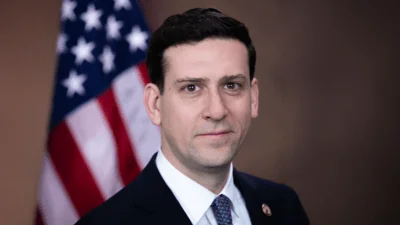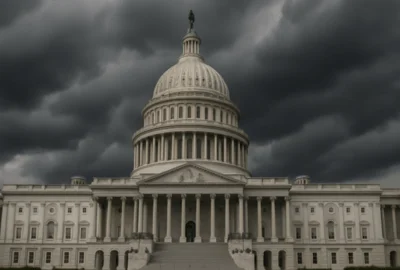Commerce Secretary Gary Locke 122nd Annual Meeting of the National Association of Regulatory Utility Commissioners Thank you, Phil, for that kind introduction. It’s a pleasure to be here with so many of the nation’s leading regulators.
From my days as governor of Washington State, I know how important it is for regulatory commissioners to meet on a regular basis – to share best practices – to keep up with changing times.
And congratulations also to the newly elected officers of NARUC. I am sure you will carry on a fine tradition, established by a long line of great leaders.
On behalf of the other federal officials attending this year’s convention – including FCC Chairman Julius Genachowski – Rural Utility Service Administrator Jonathan Adelstein – and Cyber Security Coordinator Howard Schmidt – I’d like to express special gratitude to you in the audience.
Before discussing how the federal government and states can work through the various issues on this week’s agenda, let me share another insight into why I am here today.
Just a few blocks away – at the Atlanta Marriott Marquis – the U.S. Commerce Department is co-hosting the fourth American Competitiveness Forum. This is a meeting bringing together policymakers, business leaders economic development specialists and innovators to help foster economic growth throughout the Western hemisphere.
But there is a common thread there and here. In both places, we are asking ourselves how we can create the right policies and the right incentives to stimulate innovation to improve the lives of our citizens.
Innovation is America’s global competitive advantage.
It is the reason why we are able to enjoy a high standard of living across our population of over 300 million people – it is the fuel that keeps the U.S. and the global economy moving forward.
At the Commerce Department, we see it as core to our mission to help create the conditions that make our society so innovative.
We are not inventors, but our patent examiners at the PTO grant property rights in inventions. And those property rights attract the capital that fuels business growth.
We do not start up businesses, but we invest in the infrastructure and the research that allows them to thrive.
We do not sell products, but our International Trade Administration helps break down barriers for U.S. companies selling in global markets.
The National Institute of Standards and Technology – NIST – is also part of the Commerce Department, and they drive the nation’s – even the world’s – standardization process.
Here at NARUC, I would suggest, you also are getting into the business of fostering innovation.
Yes, protecting the consumer’s interest -- providing reliable and affordable water, electricity and telephone service – will always be among your top priorities.
But there are at least two areas in your purview where innovation is essential. Broadband expansion and making our national electric grid smarter and more efficient.
And these happen to be the two areas where it is absolutely essential for federal and state officials to be working together to find solutions.
Let’s look at the communications network, where just a decade ago, your prime focus was on the provision of local and long distance telephone service. This continues to be critically important.
But we are fast reaching a point where access to broadband services is just as important as access to telephone and mobile phone service.
The good news is that broadband penetration among consumers has grown seven-fold – from 9 percent of households in 2001 to 64 percent in 2009. But we’ve got a ways to go. As a recent Commerce Department report highlighted, there are still major geographic disparities as well as sizable gaps when you break down broadband access by income, ethnicity, and education levels.
At the Commerce Department – and in particular at the National Telecommunications and Information Administration, led by Larry Strickling – we are striving to address this disparity.
In less than 20 months, NTIA has awarded over $4 billion in grants to get high speed Internet into underserved communities across America.
The projects we funded will pay dividends far into the future by enabling:
Source: U.S. Department of Commerce








